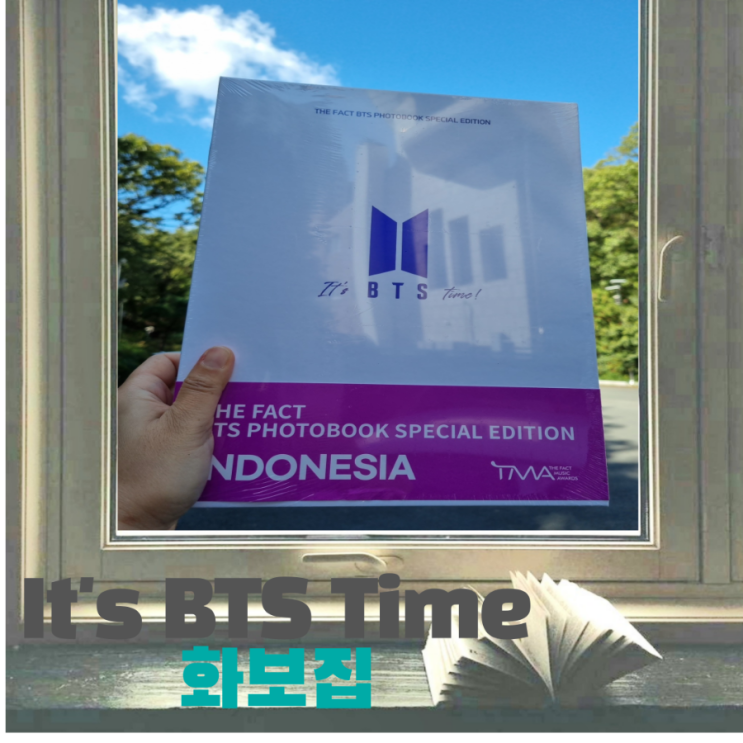Understanding Time Zones: A Geospatial Perspective at the Bureau of Transportation Statistics
BlogTable of Contents
- BTS will not singing after 2027 | BTS disband time, date and year | BTS ...
- It's BTS Time! 화보집 언박싱! : 네이버 블로그
- นิตยสาร ‘TIME’ ยกให้ ‘BTS’ เป็นผู้สร้างความบันเทิงแห่งปี 2020
- [언론분석] TIME이 세번째 표지로 선택한 K팝 거인 BTS
- BTS comeback time zones
- Clock of BTS National at the Stadium Station. Editorial Stock Photo ...
- Here's Why BTS Stays Winning (Now... and Forever) | Billboard News ...
- BTS Time | ARMY's Amino
- BTS's Members May All Have Time Control Powers — Here's What They Are
- BTS will not singing after 2027 | BTS disband time, date and year | BTS ...

When it comes to transportation, timing is everything. The Bureau of Transportation Statistics (BTS) plays a crucial role in collecting and analyzing data on transportation systems across the United States. One often overlooked aspect of transportation data is the impact of time zones on travel and logistics. In this article, we'll explore the concept of time zones and how geospatial analysis at the BTS helps us better understand the complexities of transportation.


What are Time Zones?

Time zones are regions on Earth that follow a uniform standard time, usually based on the mean solar time at a specific meridian. The world is divided into 24 time zones, each representing a one-hour difference from Coordinated Universal Time (UTC). Time zones are essential for coordinating international travel, trade, and communication. However, they can also create challenges for transportation systems that operate across multiple time zones.


Geospatial Analysis at the Bureau of Transportation Statistics
The BTS uses geospatial analysis to study the relationship between time zones and transportation patterns. By mapping transportation data onto a geographic information system (GIS), researchers can visualize and analyze the impact of time zones on travel times, routes, and modes of transportation. This information is critical for understanding how time zones affect the efficiency and reliability of transportation systems.


Applications of Time Zone Analysis
Geospatial analysis of time zones has numerous applications in transportation planning and management. Some examples include:
- Route Optimization: By accounting for time zone differences, transportation companies can optimize routes to minimize travel times and reduce costs.
- Scheduling: Understanding time zones helps transportation providers schedule departures and arrivals to coincide with peak travel times, reducing congestion and improving passenger experience.
- Supply Chain Management: Time zone analysis informs logistics companies about the best routes and schedules for transporting goods, ensuring timely delivery and reducing inventory costs.
![[언론분석] TIME이 세번째 표지로 선택한 K팝 거인 BTS](http://kofice.or.kr/dext5editordata/2022/04/20220430_224148252_74160.jpg)
Challenges and Opportunities
While geospatial analysis of time zones offers many benefits, it also presents challenges. For instance, accounting for daylight saving time (DST) and time zone boundaries can be complex. However, advances in GIS technology and data analytics have made it easier to integrate time zone data into transportation planning. As the BTS continues to develop its geospatial capabilities, we can expect to see more innovative applications of time zone analysis in transportation.
In conclusion, time zones play a vital role in transportation systems, and geospatial analysis at the BTS helps us understand the complexities of time zone effects on travel and logistics. By applying geospatial techniques to time zone data, researchers and transportation professionals can optimize routes, schedules, and supply chains, ultimately improving the efficiency and reliability of transportation systems. As the transportation landscape continues to evolve, the importance of time zone analysis will only grow, and the BTS will remain at the forefront of this critical research.
For more information on the Bureau of Transportation Statistics and its geospatial initiatives, visit the BTS website. Stay up-to-date with the latest developments in transportation research and analysis by following the BTS on social media.